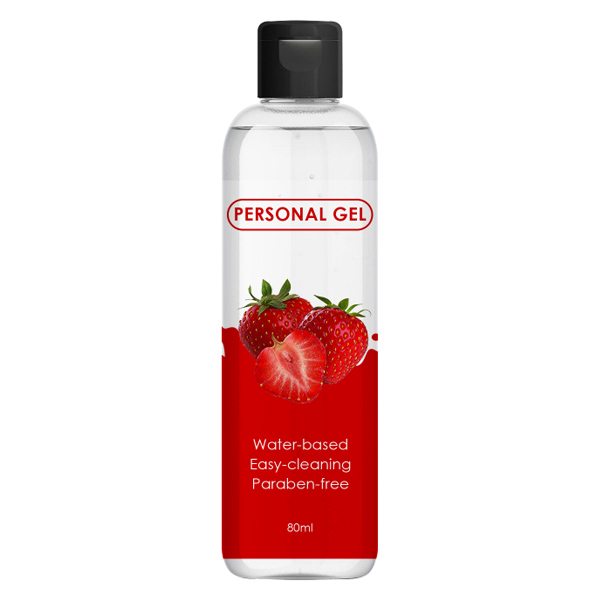Many people may find using personal lubricants disgusting or embarrassing, or may associate lubricants with mature or sexually experienced women. But is this really the case? Today, I want to share with you various aspects of lubricants, because personal lubricants are indeed a good friend of sex.

Women may experience low secretion of vaginal lubrication due to two main reasons: firstly, inadequate foreplay leading to unpreparedness of the body; secondly, naturally low secretion levels due to factors such as postpartum recovery, illness, mental stress, menopause, and aging. In the second scenario, using lubricants can alleviate discomfort during intercourse, benefiting both parties involved. This is why choosing the right lubricant can significantly enhance sexual satisfaction. If sexual activity remains consistently uncomfortable, seeking advice from a professional is recommended.
Lubricants can be divided into three types: water-based lubricants, silicone-based lubricants, and oil-based lubricants.
Firstly, it should be clarified that substances like petroleum jelly, baby oil, hand cream, and shower gel should never be used as lubricants. These products are all petroleum by-products containing oil. When used as lubricants, they can erode the surface of latex condoms, increasing the risk of condom breakage and consequently compromising their contraceptive and disease-preventing functions. Moreover, these substances can significantly affect the pH balance of the vagina, leading to issues such as vaginitis, abnormal odor, and reduced natural lubrication. Therefore, it is crucial not to use these products as lubricants.

Oil-based lubricants are a type of lubricant that contains oil and should not be used with latex condoms. Historically, people used plant oils such as olive oil and coconut oil as lubricants, but oil can cause latex condoms to break and also affect the vaginal health of women. Modern oil-based lubricants, which incorporate ingredients like vitamin E and beeswax, serve both medical and sexual purposes.
Despite the incompatibility with latex condoms, why do some people still choose oil-based lubricants? Oil-based lubricants have the advantage of being non-volatile and extremely slippery, but they are also the most difficult to clean. They can be used during non-latex condom anal intercourse or non-latex condom vaginal intercourse. Some sexual aids may not be compatible with oil-based lubricants. Similarly, oil-based lubricants are not recommended for vaginal intercourse as they are not easily broken down and can cause vaginal discomfort.
Due to the limited popularity of oil-based lubricants, most people choose between water-based and silicone-based lubricants.
What type of lubricant is typically found on condoms? The lubricant on condoms usually has a slippery texture that is difficult to wash off, and yes, it's silicone-based lubricant!
Silicone-based lubricants are not absorbed by the body, providing long-lasting lubrication without causing harm. This prolonged lubrication is due to the absence of water content in silicone-based lubricants, which prevents them from evaporating. While silicone-based lubricants are not water-soluble, they can be used in water, making them an excellent choice for aquatic activities. However, silicone-based lubricants should not be used with pure silicone sex toys, as the interaction between silicone materials can corrode the surface of the toys, creating tiny pores where bacteria can grow and potentially affecting the health of the genital area.

Another disadvantage is that silicone-based lubricants are difficult to clean. Since they do not contain water, they remain slippery even after rinsing with water and may require more cleansing products. However, this is also an indication of their long-lasting lubrication properties, requiring less product during use.
Silicone-based lubricants are particularly popular among individuals who engage in anal sex, as the anus does not naturally produce lubrication. Using silicone-based lubricants as a lubricating medium not only ensures the effectiveness of condoms but also reduces the discomfort associated with anal intercourse.
Each type of lubricant has its pros and cons, but the best choice is water-based lubricant!
Water-based lubricants have their drawbacks, including their tendency to dry out (due to their high water content), the need for larger quantities compared to silicone-based and oil-based lubricants, and the possible inclusion of glycerin.
Speaking of glycerin, it has a sweet taste but is not a sugar. It is a moisturizer widely used in food processing and skincare products. Some articles argue that glycerin, being sugar-free, does not cause yeast infections. However, glycerin may affect the pH balance of the vagina, leading to bacterial growth and vaginitis.
Additionally, there is a theory that glycerin can be converted into sugar. Glycerin is an alcohol in its chemical structure and does not contain sugar. While glycerin may convert to sugar under certain circumstances, causing yeast to grow, these articles do not explain the conditions under which glycerin would be converted into sugar in the vagina.
To address the shortcomings of water-based lubricants, many water-based lubricants on the market contain plant extracts, resulting in different textures. Some are thick, some are watery, and some are edible with different flavors.
